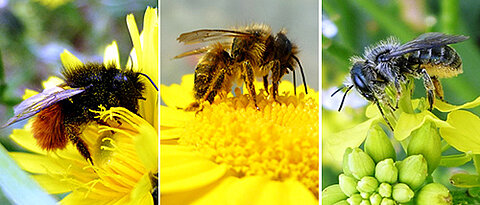New insights into complex processes
07/13/2017
The blood-brain barrier is a unique mechanism to shield the brain. Scientists from the University of Würzburg have now uncovered details of how it evolves. This finding offers new chances for modification and regulation.
more













![[Translate to Englisch:] Fotos von einer Venusfliegenfalle, ihre Drüsen unter dem Mikroskop und schematische Darstellung der Vorgänge, die zur Sekretion führen. (Bild: Sönke Scherzer/Dirk Becker)](/fileadmin/_processed_/8/9/csm_0420venus-druesen-w_887ab24338.jpg)





